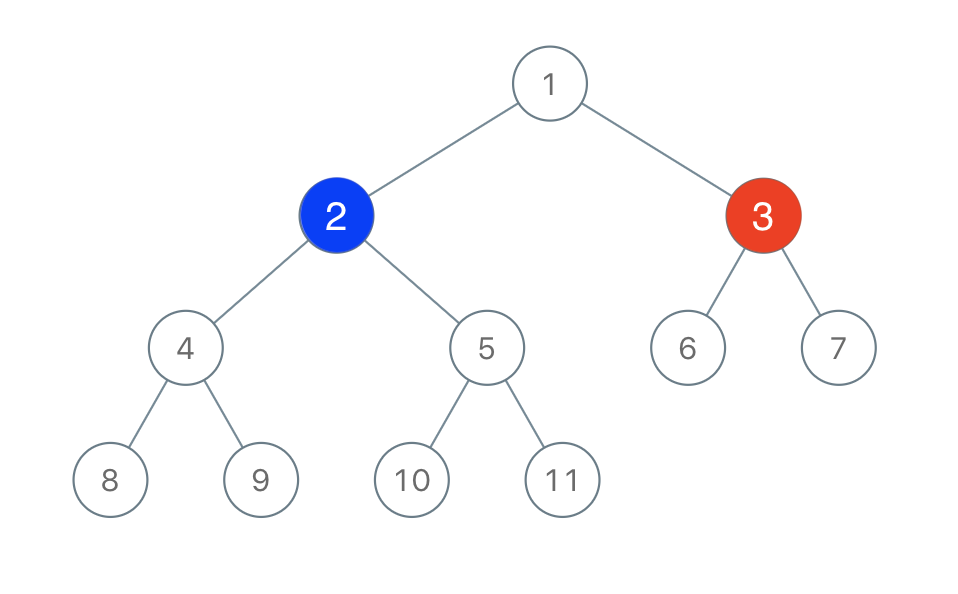https://leetcode.com/problems/array-nesting
A zero-indexed array A of length N contains all integers from 0 to N-1. Find and return the longest length of set S, where S[i] = {A[i], A[A[i]], A[A[A[i]]], ... } subjected to the rule below.
Suppose the first element in S starts with the selection of element A[i] of index = i, the next element in S should be A[A[i]], and then A[A[A[i]]]… By that analogy, we stop adding right before a duplicate element occurs in S.
Example 1:
Input: A = [5,4,0,3,1,6,2]
Output: 4
Explanation:
A[0] = 5, A[1] = 4, A[2] = 0, A[3] = 3, A[4] = 1, A[5] = 6, A[6] = 2.
One of the longest S[K]:
S[0] = {A[0], A[5], A[6], A[2]} = {5, 6, 2, 0}

